Watch video from Virgin Galactic showing Richard Branson’s space plane’s engine ignite sending the billionaire into outer space.
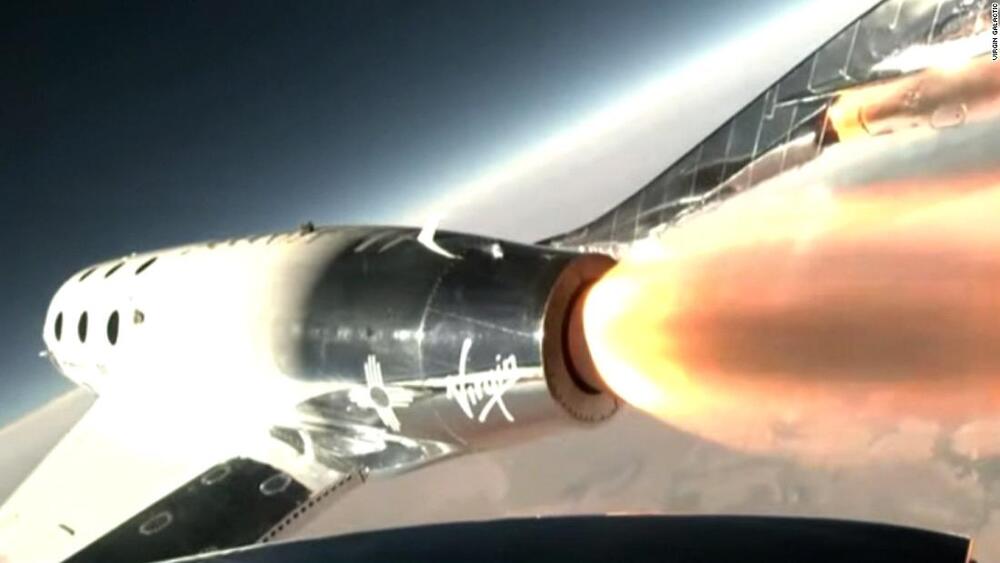


Transportable tiny homes are complex operations, to say the least. Designing them to be sustainable makes building them that much more of an intricate process. First Light Studio, a New Zealand-based architecture group built their own tiny home with help from a local company Build Tiny, Ohariu, checking all of the above boxes. Built to be net-zero through several sustainable features and compact enough to meet all NZTA regulations for mobile homes.
Ohariu was built by First Light Studio and Build Tiny from a client’s brief calling for, “a refined tramping lodge on wheels.” That’s code for hiking, for all us Americans. Since the tiny home would primarily be used for hiking trips and traveling throughout the outdoors, Ohariu was built to be adaptable and versatile above all else. Inside, the living spaces are described by the architects at First Light Studio as being, “more a large and very detailed piece of furniture than a traditional house build, the fit-out [focusing] on the things that are important and necessary.”
Catering to the necessities and casual family pastimes, the tiny home is doused in modular and multifunctional design that’s surrounded by creamy poplar plywood walls and silvery fittings that add a touch of refinement to an otherwise bare interior. Each furniture piece inside Ohariu doubles as storage to maintain an open, clutter-free interior where the tiny home’s family would bond over pastimes like cooking, playing card games, and enjoying the surrounding landscape. Featuring a chef’s kitchen, Ohariu comes with plenty of prep space for cooking and integrates tilt-up tabletops to make even more for when there’s company. Outside, Ohariu is coated in a stealthy ebony corrugate to match its lightweight mobility, supported by aluminum joinery, lights, and utilities that were given the same ebony finish. Ohariu’s roof is asymmetrical with six solar panels lined up on its longer side and a mezzanine bedroom cozying up beneath its sloped short side.

NASA and its commercial and international partners are building Gateway to support science investigations and enable surface landings at the moon, the agency said in a statement.
Northrop Grumman will be responsible for attaching and testing the integrated quarters with a solar propulsion module being developed.
Eight countries have signed an international pact for moon exploration as a part of NASA’s Artemis program as the U.S. space agency tries to shape standards for building long-term settlements on the lunar surface.
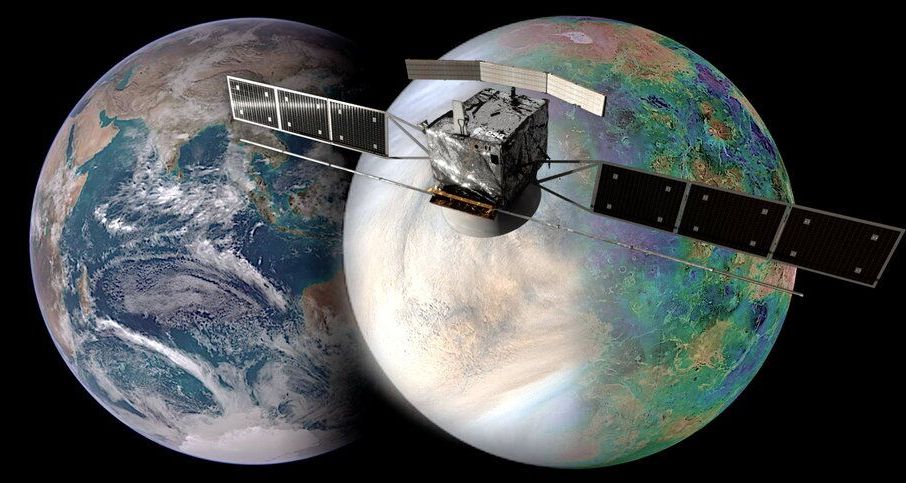
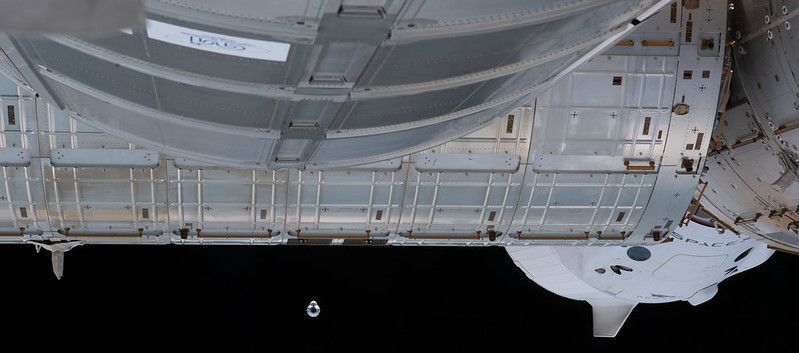
On July 1, the company announced that it would host its first fully-crewed spaceflight no earlier than Sunday, July 11. The ship will carry two pilots and four mission specialists, most notably company founder Richard Branson.
It’s the company’s 22nd flight with the VSS Unity ship and the fourth crewed space mission. But it’s that “space” clarifier that’s sparked debate — Virgin Galactic’s flights reach an altitude of just over 55 miles, but some organizations claim the boundary of space is actually 62 miles high.
As competitor Blue Origin prepares to launch its own crewed flight later this month, moving past the 62-mile limit, it’s a debate that could dictate who gets bragging rights.
SpaceX’s Starship is set for a powerful upgrade. Here’s what you need to know.
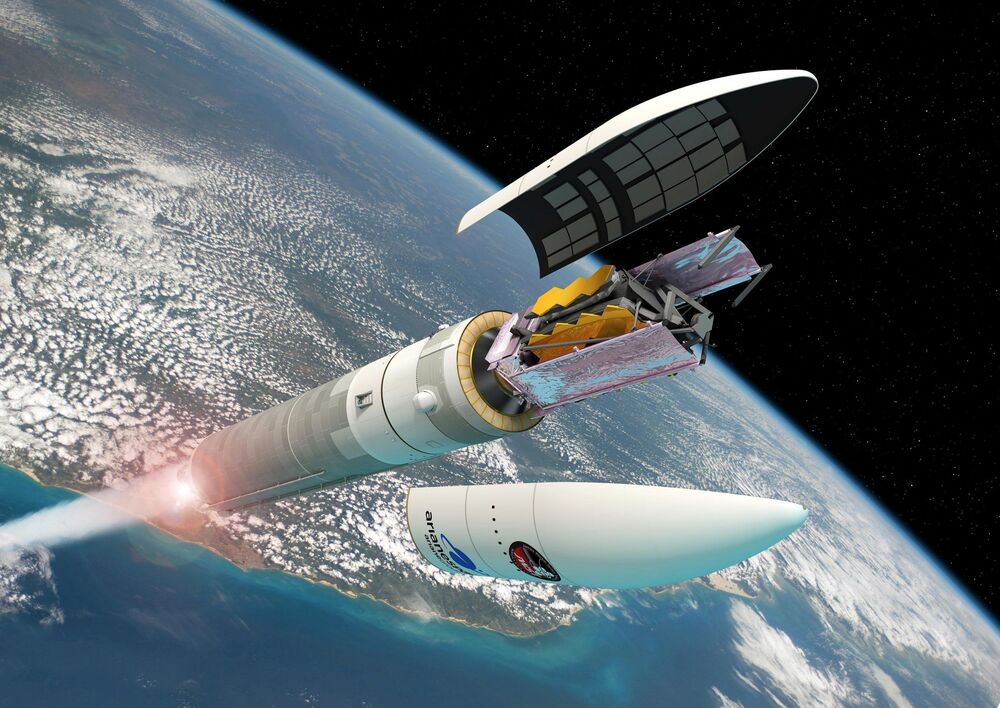
The international James Webb Space Telescope has passed the final mission analysis review for its launch on an Ariane 5 rocket from Europe’s Spaceport in French Guiana.
This major milestone, carried out with Arianespace, the Webb launch service provider, confirms that Ariane 5, the Webb spacecraft, and the flight plan are set for launch. It also specifically provides the final confirmation that all aspects of the launch vehicle and spacecraft are fully compatible.
During launch, the spacecraft experiences a range of mechanical forces, vibrations, temperature changes, and electromagnetic radiation. All technical evaluations performed by Arianespace on the mission’s key aspects, including the launch trajectory and payload separation, have shown positive results.
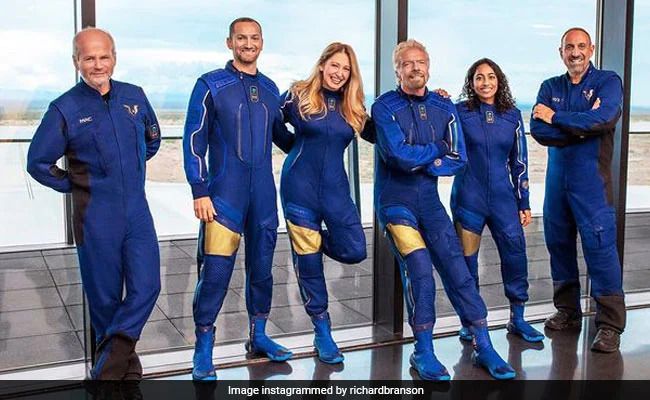

Warp drive patent.
The present invention relates to the use of technical drive systems, which operate by the modification of gravitational fields. These drive systems do not depend on the emission of matter to create thrust but create a change in the curvature of space-time, in accordance with general relativity. This allows travel by warping space-time to produce an independent warp drive system. Differential electron flow through a body in rotation is directed so as to simultaneously pass through a said body in its direction of rotation and contrary to its direction of rotation so as to release a directed flow of gravitons.